We love… celadon. The term celadon describes the pot and its glaze. Its history is long; celadon shards were found as early as 25-220AD in an Eastern Han Dynasty tomb in Zhejiang. The first time this pottery arrived in Europe they were grouped together and named celadons. The name is thought to have come from the shepherd character Céladon who appears in a 17th century play called L’Astrée dressed in grey-green ribbons and cloak.
Celadon ware has subtle variations in the soft cloudy blue, blue-green and grey shades. The colour – and this is where things get scientific – comes from the small percentage of iron in the glaze (0.5 to 3 percent) which is applied fairly thickly to the entire pot and fired to about 1300˚ centigrade in a reducing atmosphere (removing the oxygen from the glaze). The result is these really dreamy translucent blues and greens.
Potters will always try for the perfect celadon glaze, but it’s all in the firing – the results can be either exciting or disheartening. Every time my mother opened her kiln after a 12-hour firing and 12 hours plus of cooling, I couldn’t wait to see the result. The first time she experimented with a celadon glaze I was amazed – there in front of me were these beautiful pots in almost otherworldly hues just waiting for loving homes.
For beautiful celadon pieces head to Units 1-3, 3/F, Kowloon Bay Industrial Centre, 15 Wang Hoi Road, Kowloon Bay. Tel: +852 2796 1125.
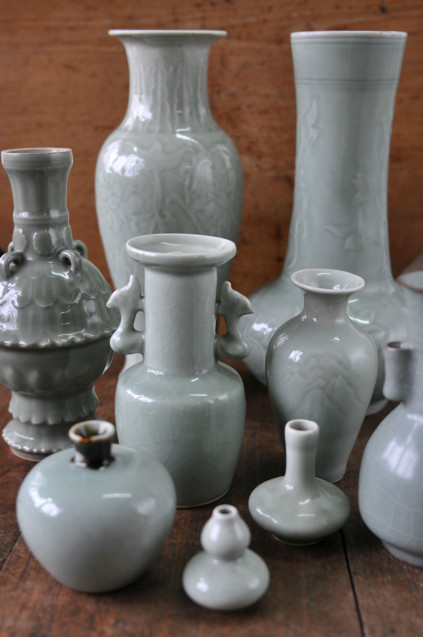
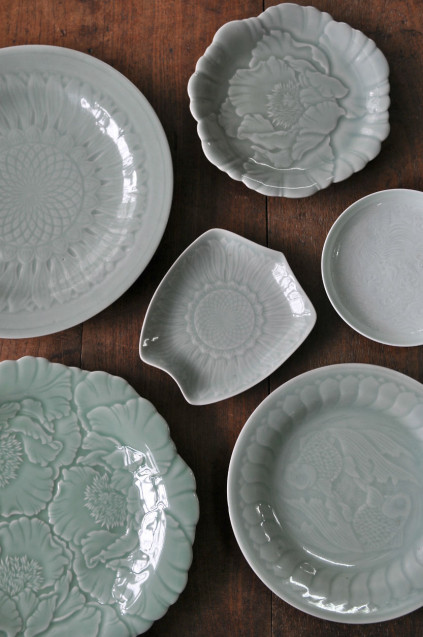
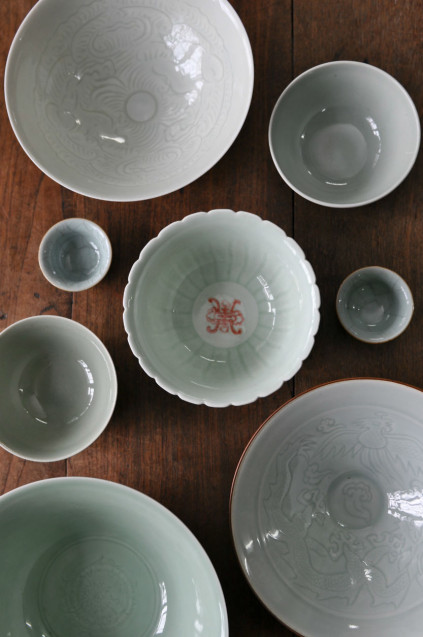
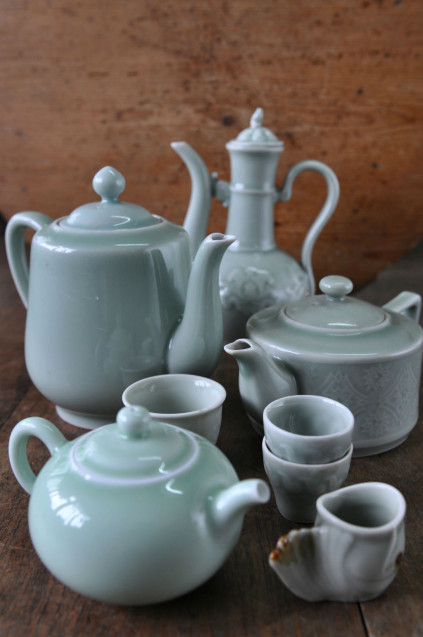
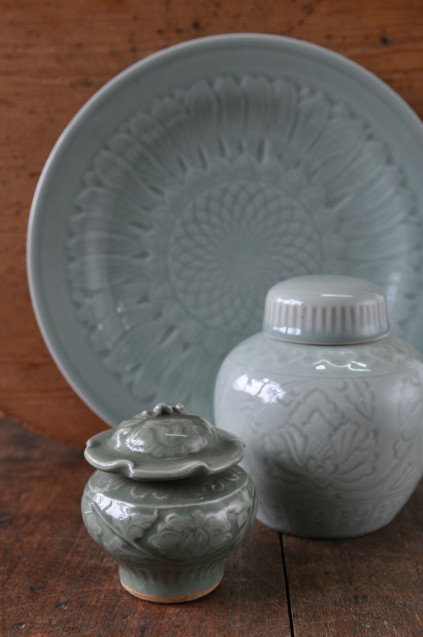
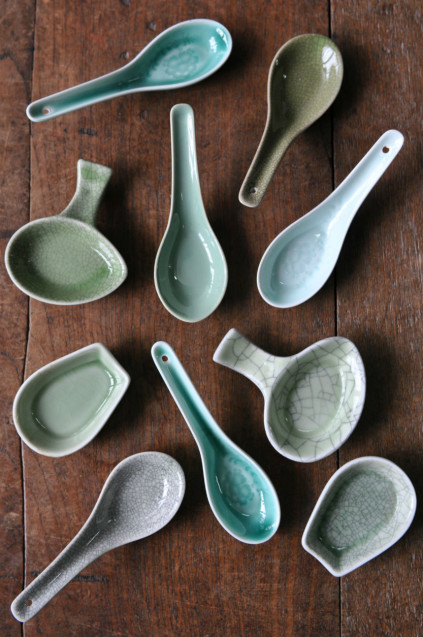


8 Responses to Celadon
Carolynne September 16, 2013
Lovely blog, HK girls…
Anne-Marie Brown September 18, 2013
lovely